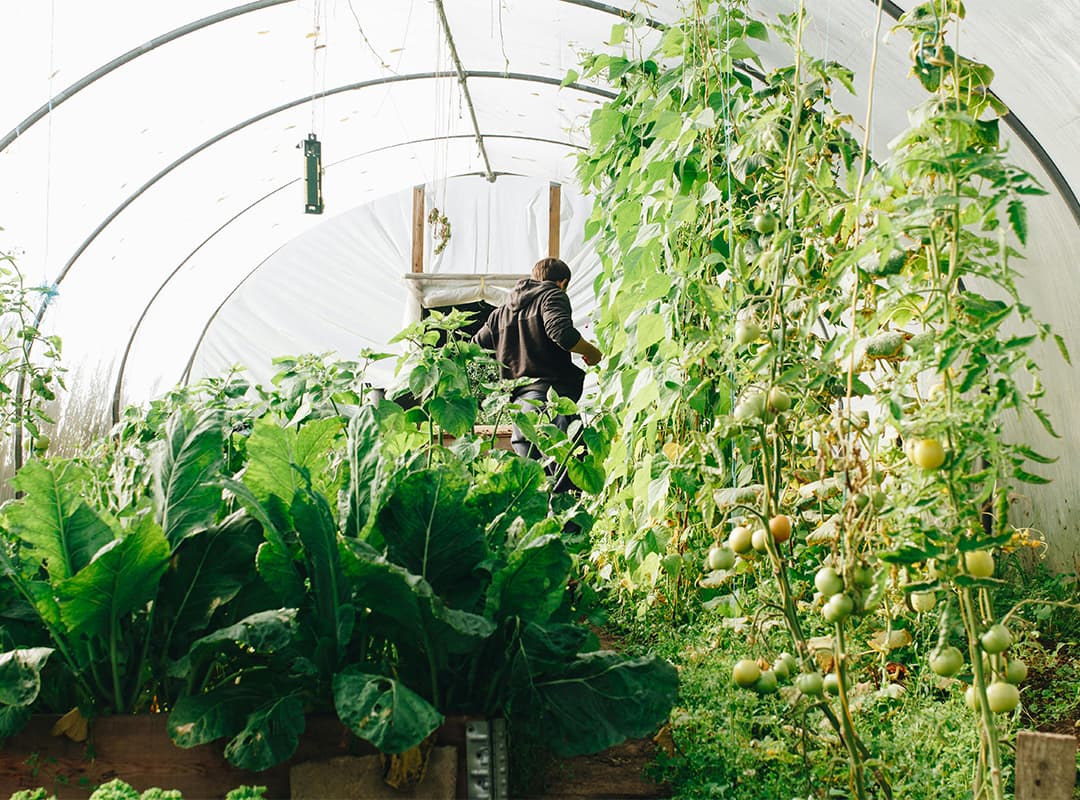
One of the most important things to consider when buying a fruit tree is the size it will reach at maturity. Read about fruit rootstocks, because most fruit trees are grafted to a second root system that determines the final size. Choosing the right double is almost as important as getting the right variety. The rootstock also increases growth strength and disease resistance, so it is worth choosing a grafted tree rather than an ungrafted tree.
If you don’t have much space, but you want to choose fruit, you can try the family collection of apples and pears. You will get two fruit trees, one apple and one pear, but each tree will give you three different types of fruit. Not only are these multi-grafted fruit trees self-pollinating and versatile, this is a great way to enjoy three types of apples and three types of pears without having to plant six trees!
And if you have a very small garden or even just a balcony, dwarf fruit trees are ideal for growing in containers. These trees are bred to remain compact, reaching about one meter in height, and will produce lots of fruit if you place them in a sunny location.
How to plant fruit trees
Once you’ve chosen your fruit tree, you need to find a good place to grow it—an ideal sunny, sheltered location with quality, well-drained soil. Avoid valley bottoms or other low areas, as they can freeze over in winter, leading to flower drop and poor yields. Remember to leave enough space around the planting site for your tree to grow in the future.
Here is our step-by-step guide to planting a fruit tree in the ground:
- Prepare the chosen place by digging a lot of well-rotted manure or compost into the soil;
- Make the planting hole wide enough so that the root ball or bare roots have enough room to spread through the freshly dug soil;
- Drive a stake into the planting hole. Make sure it is firmly planted and tall enough to properly support the tree;
- Place the tree in the planting hole, making sure that the junction of the root and the trunk is at the same level as the soil surface;
- Fill in the planting hole and compact the soil above the roots with a boot;
- Water the newly planted fruit tree very well;
- Use a loose tie to attach the young tree to the post. Old tights are good for this. Make sure there is an inch or two of room for the barrel to move;
- Mulch the base of the planted tree, but keep the trunk free of material;
- Water the soil around your young fruit tree frequently, making sure the water penetrates the surface, encouraging the tree to develop deeper roots.
If you are planting on a larger scale, for example, an entire orchard, fruit trees with a bare root system may be the most cost-effective solution. Open-rooted seedlings are best planted between November and March, but for more information see our guide to growing open-rooted trees.